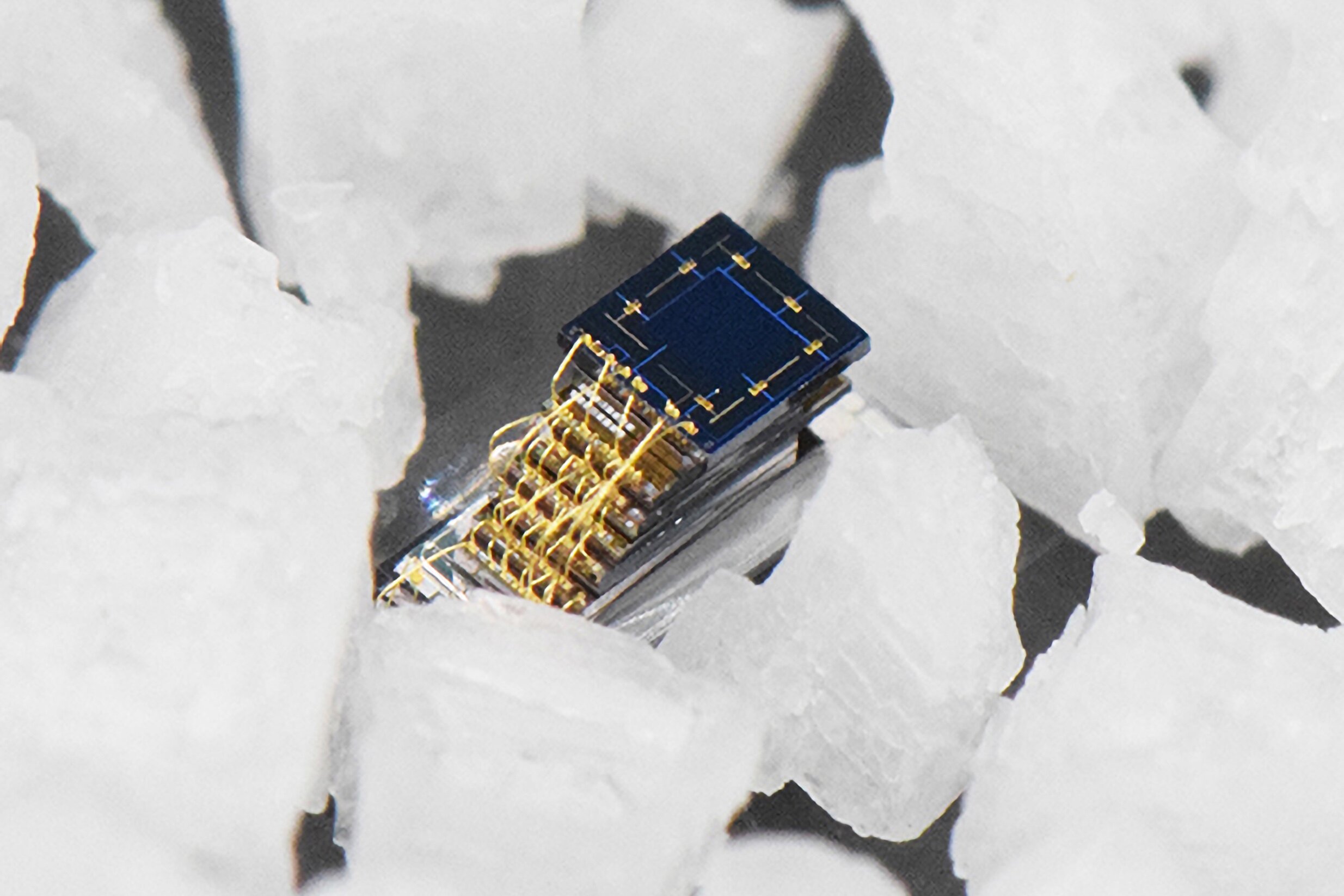
Energy Harvesting and Charging Lithium Polymer Batteries
Harvesting energy is extremely context-specific (see Starner & Paradiso, 2004). Mechanical rotors have powered wrist watches for hundreds of years, however, their efficiency is poor and they depend on a very specific type of movement (but see Vogel et al., 2012). Furthermore, implantable devices are associated with their own challenges depending on the organism. For example, wireless recharging is possible with humans whereas it takes a clever rigging of nests or resting areas to apply a similar approach in wild animals. Solar power is an interesting route of harvesting, with solar panels being placed underneath skin to power a device or charge a battery.
Below is a calculator to estimate power from implanted solar panels based on the fundamental work by Vogel et al. using solar panels to power a cardiac pacemaker. I have also added inputs to estimte the charge time for a small lithim polymer (LiPo) battery being charged at 5-volts.
Recent Comments
Archives
- April 2023
- January 2023
- November 2022
- May 2022
- March 2022
- January 2022
- December 2021
- April 2021
- December 2020
- October 2020
- August 2020
- July 2020
- March 2020
- February 2020
- January 2020
- December 2019
- November 2019
- October 2019
- January 2019
- December 2018
- November 2018
- August 2018
- July 2018
- April 2018
- March 2018
- November 2017
- October 2017
- February 2017
- October 2016
- August 2016
- July 2016
- November 2015
- October 2013
- February 2013
- January 2013
- August 2012
- July 2012
- June 2012
- May 2012
- April 2012
- February 2012
- December 2011
